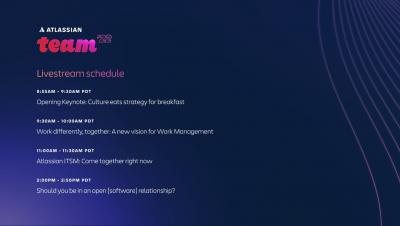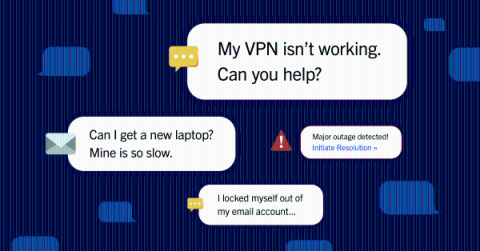Operations | Monitoring | ITSM | DevOps | Cloud
Collaboration
What is a Digital Workplace?
The digital workplace is a phenomenon that has grown in leaps and bounds in the wake of the COVID-19 pandemic. The adoption of technologies has increased and changed all aspects of our lives today, including how we work. However, today’s workplace is very different from the traditional workplace. For one thing, its definition is no longer limited to the physical sense.
7 laws of UX to improve the experience of IT managers
Azure Spring Clean Stop Committing Your Secrets - by Dwayne McDaniel GitKraken
The Biggest Challenges For HR Management And Their Solutions
GitKraken Client Tutorial: How to Use the Git GUI & CLI
How ChatOps Helps IT Teams Work More Effectively
From setting up new hires with everything they need to get to work to troubleshooting technical difficulties, IT teams often field the same kinds of requests over and over. And while each request might feel like a small task, collectively they can add up to a huge time sink in the long run.
4 Ways You Can Use Live Streaming Software
Mattermost v6.5 is now available
Mattermost v6.5 is generally available today and includes the following new features (see changelog for more details).











